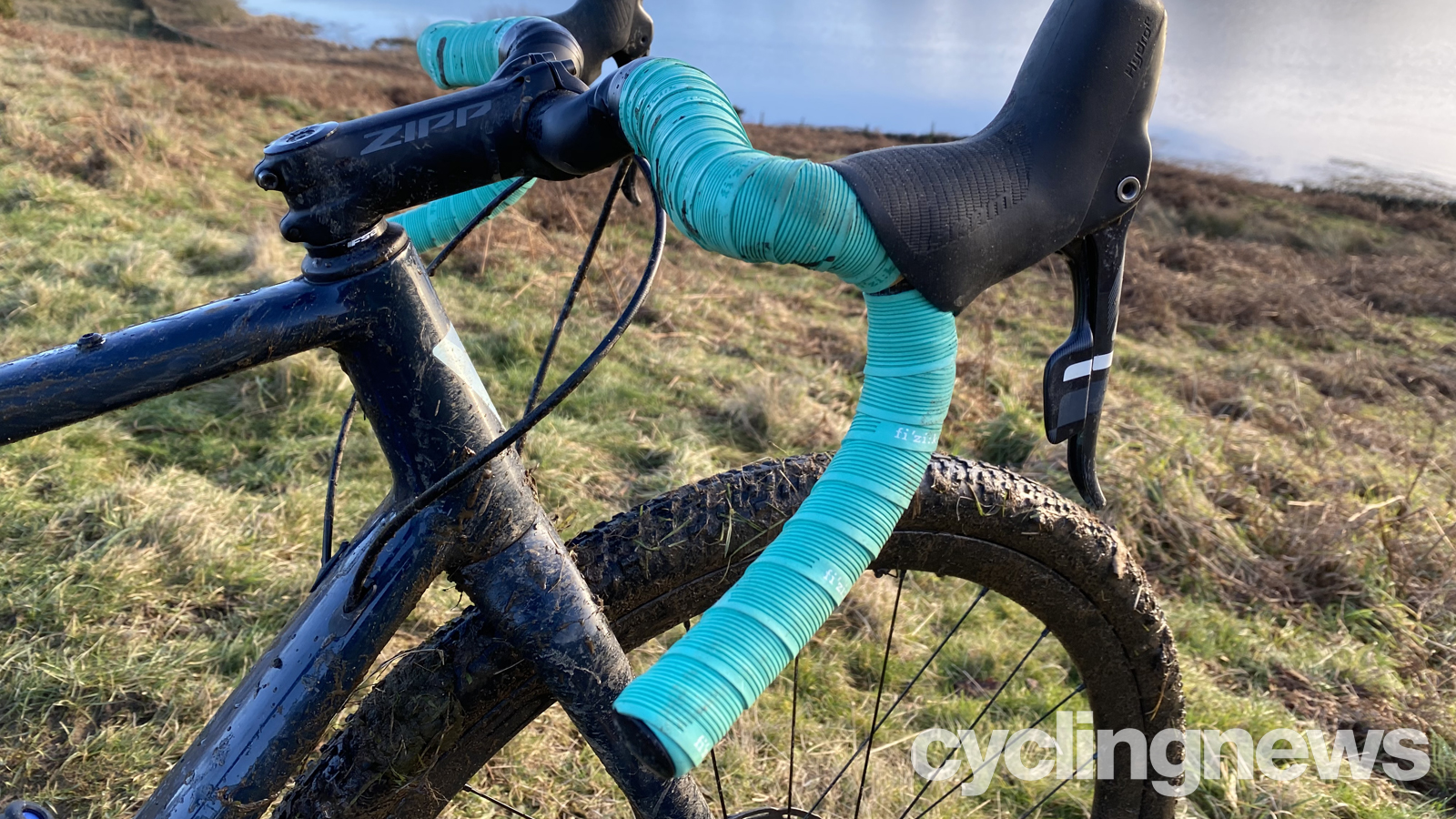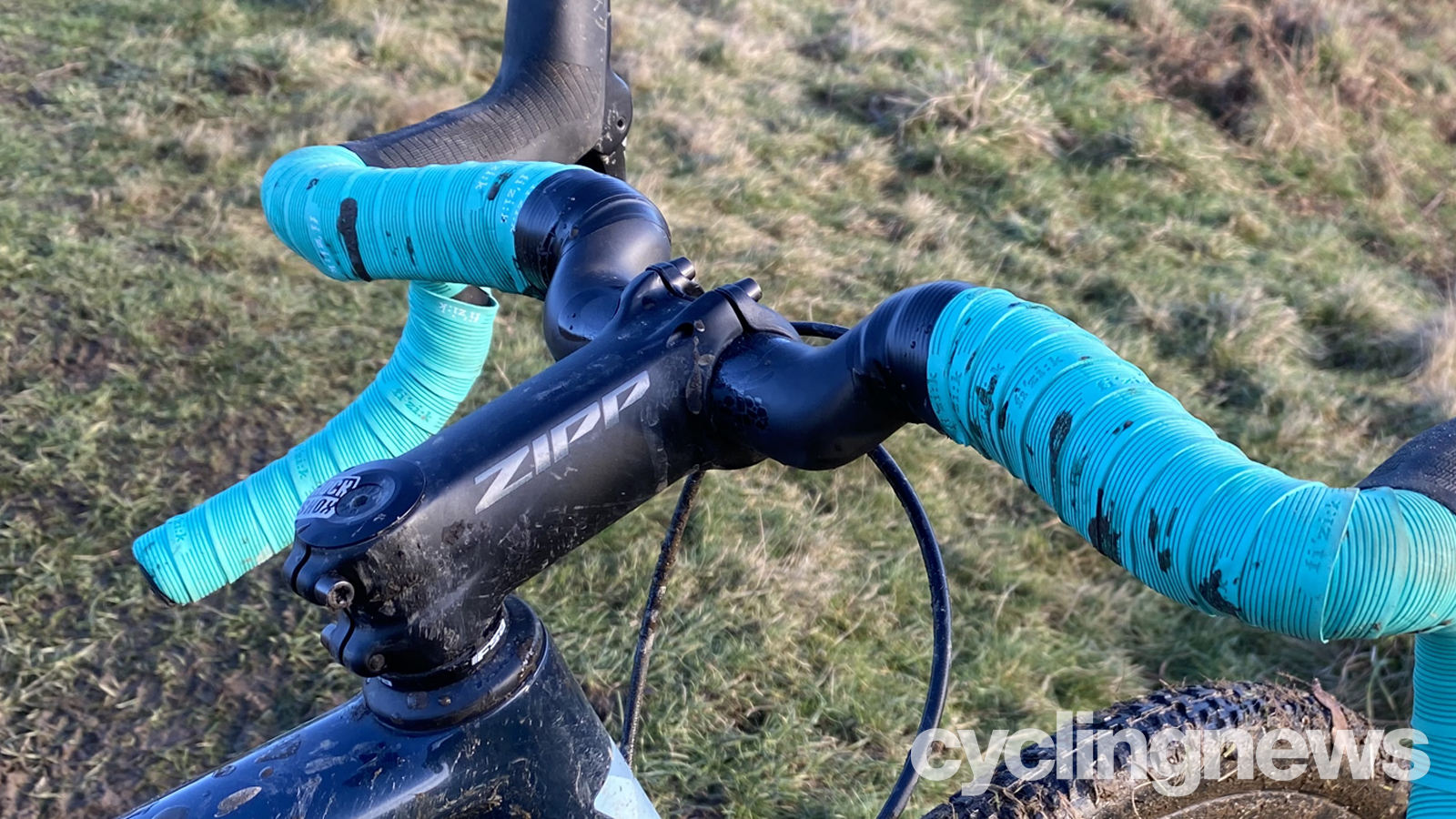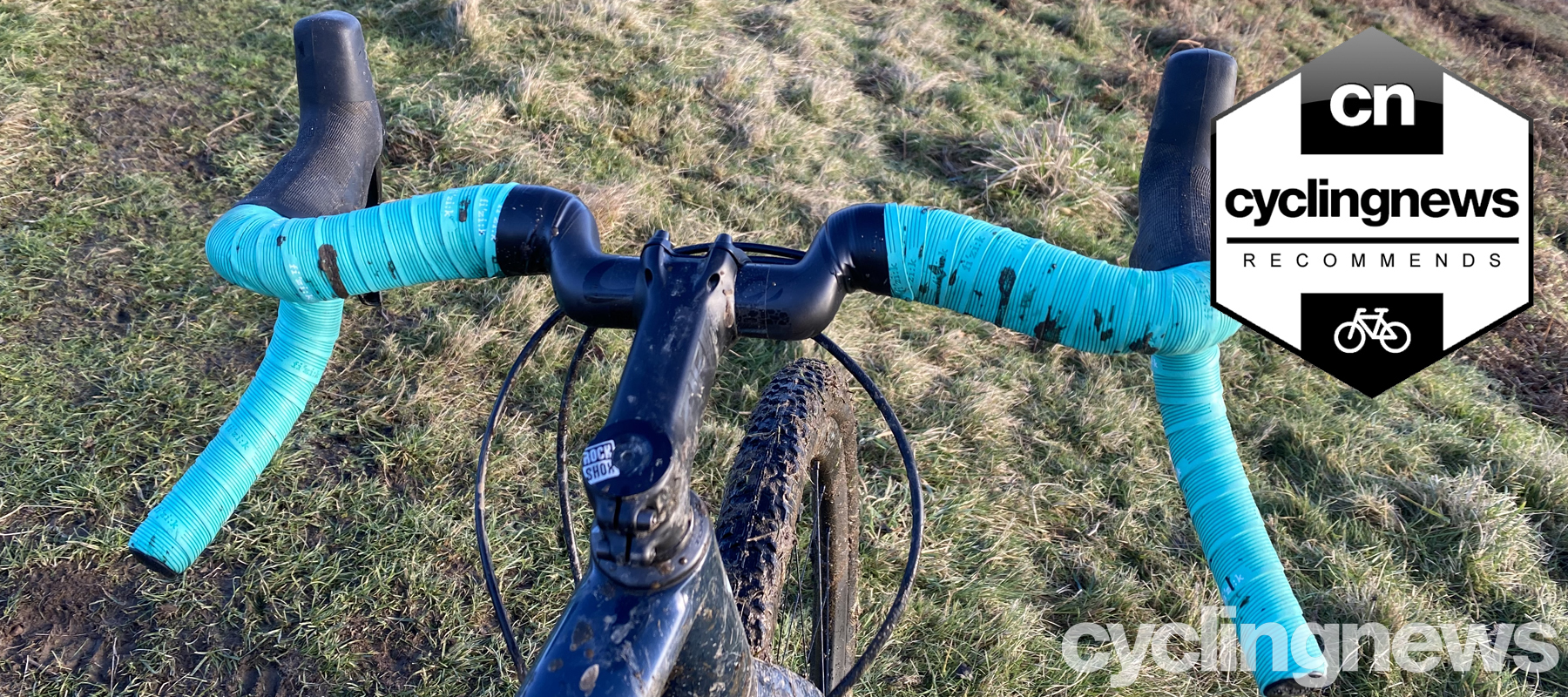Cyclingnews Verdict
Super-light, super-compact, hump-and-sweep ergo bar with big control flare and broad width options. Expensive, aesthetically and ergonomically divisive, and patience-testing to set up and tape
Pros
- +
Potential ergo gains
- +
Big flare leverage
- +
Very shallow drop
- +
Smoothly sprung feel
- +
Light
- +
Wide width options
- +
Clip-on compatible
Cons
- -
Wonky won’t work for everyone
- -
Flex when sprinting
- -
Awkward to tape
- -
Set up needs time
- -
Very tight corners
- -
Expensive
You can trust Cyclingnews
The new Deda Gera borrows some inspiration from other ‘hump-and-sweep' gravel bars we’ve tested recently but with a less pronounced hump, more sweep, wider options and a lower - but still high - price. That makes it a potentially great option for more open-minded riders who can’t get comfortable on a conventional bar but be ready to take time while setting them up.
Design and aesthetics
There is an increasing number of oddly shaped bars available as upgrades or standard equipment but the obvious comparison to make here is between the Gera and the Wave Bar from Co-Efficient cycling or the original Eyropro bar. The Wave is 20g lighter and has a fatter ‘hump’ section and a shape that naturally (presuming you have the lower sections flattish) sits the lumps up high rather than rolling them more forward. The Deda goes wider with 46 and 48cm options while Co-Efficient goes thinner with 38, 40 and 42cm options. Flare is also much more pronounced on the Italian bar (16 degrees rather than 4 degrees) so the tips measure 52cm apart even on the 44cm bar we tested. The curve of the bar is also really compact with just 40mm reach and 100mm drop (Wave is 120mm drop, 77mm reach) making it the most compact bar in the Deda range by a long way, as even the Shallow 100 bar has a 130mm drop and 80mm reach.

Performance
That’s a lot of numbers but what does this feel like on a gravel bike? For a start, it’s a fundamentally very light and comfortably sprung bar with a forgiving feel to the front end of a bike on rougher trails but will twist if you’re torquing hard through the pedals. It also has enough space and straight sections to use centre or mid-mounted clip-on bars if you want to go full aero.
Set up definitely requires patience and experimentation though because so many elements of the bars shapeshift in relation to each other as you rotate them. Deda isn’t prescriptive about preferences either, with no centreline guides on the central grip section. There are markings for the brake hood positioning but they’re a long way down the curve unless you rotate the tips significantly downward. That also brings the central lumps up rather than flat and mostly forward, pointing the 12-degree back sweep slightly backwards, which may or may not be what you’re after. As a result, we’d certainly suggest you don’t bother taping the bars until you’re somewhere close to a sweet spot, as you’ll notice the bar taping in the pictures is bloody awful after yet another impatient re-tape and then a mid-ride hood reposition.

The good news is that whatever position you try, the limited reach and drop means that there’s not a massive difference between positions, and the basic principles really work. Having already become fans of the ‘hump-and-sweep’ shape, we really liked the centre position for adding a slight stretch and aero advantage as well as reducing wrist and arm fatigue. It also offsets the fact that the hood position is brought right back towards you which also creates a more sensitive short stem steering feel that we liked but not everyone will. Flare is also a personal preference, but again we liked having a proper increase in leverage for descents, especially as we didn’t have to drop too ‘head down, arse up’ to get it.
The very sharp right angle bend is uncomfortable and awkward to tape neatly though, and you’ll need to use the internal cable entry ports to reduce very tight curves that could impact gear and brake cable function. While we appreciate the wider options for increased off-road control, we’d also like to see narrower spans to suit smaller riders who’ll really benefit from the very compact overall dimensions.
Verdict
It probably goes without saying that aesthetically and positionally, the Gera isn’t for everyone and a short reach to the hoods will definitely be an issue for some. It’s also an expensive, premium quality bar that you really should internally route to avoid cable issues, which will put others off. Once we’d got the position dialled, we really liked the mix of the extended centre, wrist/upper body soothing and slimming forward/upward/sweep, more sensitive steering and short drop to the big control boosting flare. Or to put it another way, we’re going to make the effort to re-tape the Geras again properly and keep them on for as long as we can after testing, which is always a good sign.
Tech spec: Deda Gera DCR gravel handlebar
- Weight: 226g
- Width: 44cm (tested), 46cm, 48cm
- Reach: 40mm
- Drop: 100mm
- Flare: 16 degrees
